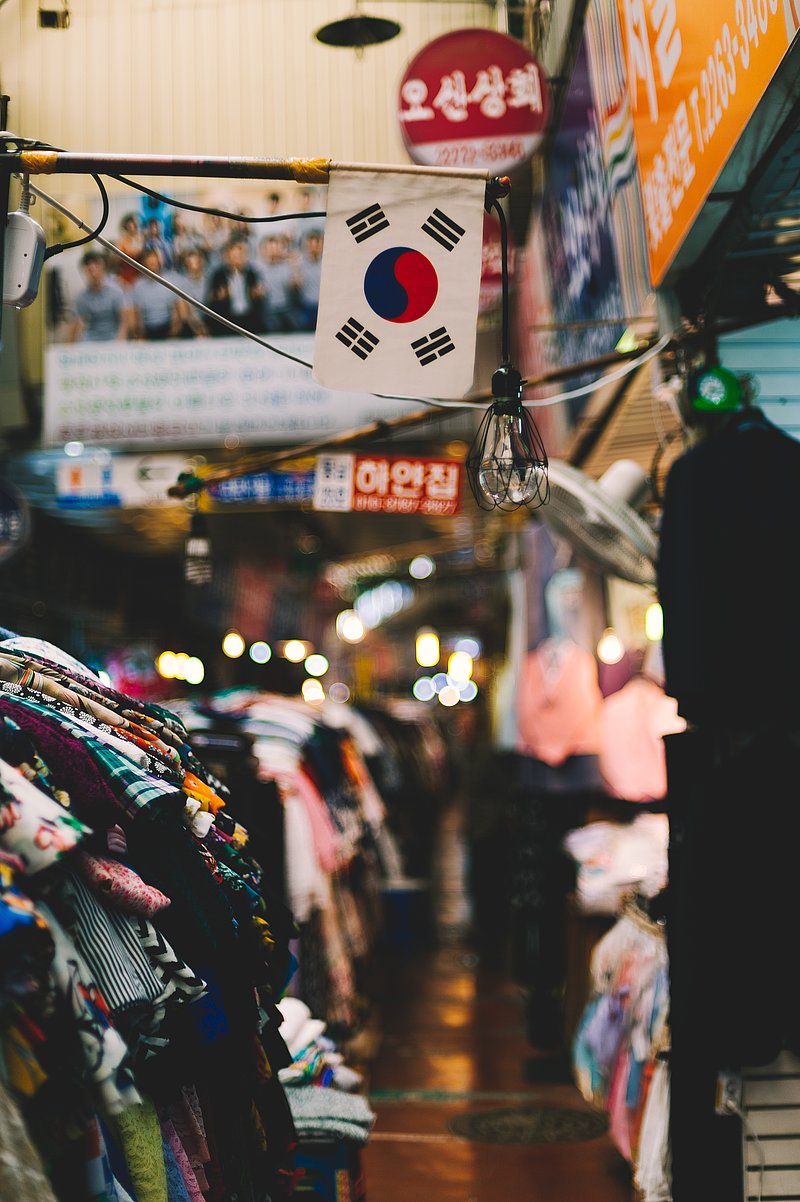Do you remember? A few weeks ago we talked about waste pickers in the garbage city of Cairo and the connections between inadequate garbage management, resulting lack of hygiene and health problems. This is not only the case in Cairo but in many other developing countries and highlights how it can create additional concerns, especially in times like corona. Such problems which are not obviously associated with plastic are called secondary impacts.
There are many of these secondary impacts of which one is not necessarily aware and about which we will report in the course of our blog. They clarify, how many problems are connected to each other and points out how important it is to promote global commitment and to work on holistic solution strategies together.



